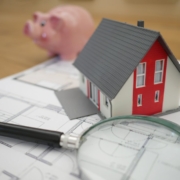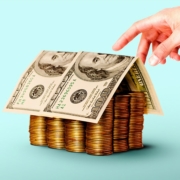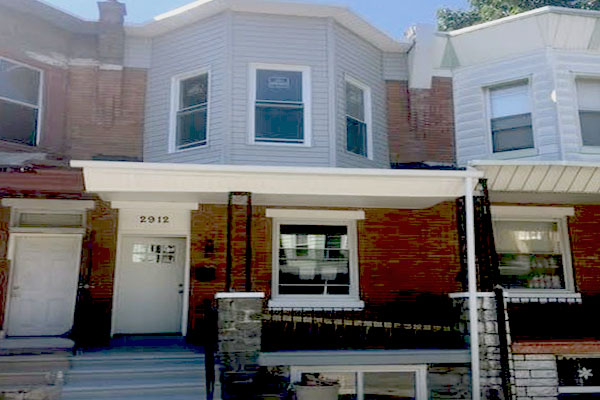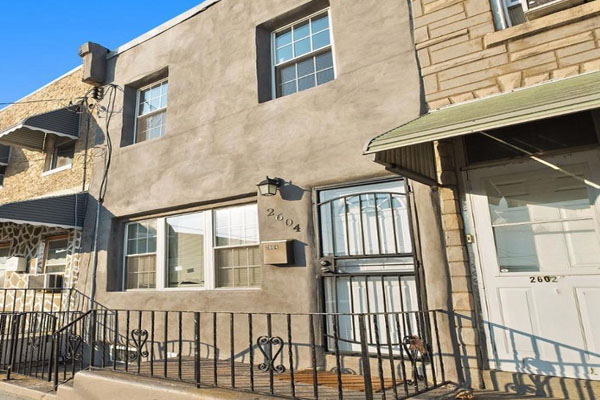Last month, Madison, Wisconsin-based mortgage lender Fairway Independent Mortgage Corp. announced the appointment of reverse mortgage industry veteran Dan Ventura to serve as its new vice president of reverse mortgage operations.
The hiring came after a series of announcements in February, including the addition of new reverse mortgage investments and the company rejoining the National Reverse Mortgage Lenders Association (NRMLA).
To get a better idea of what is driving the reverse mortgage lending philosophy with these new realities at the company in mind, RMD sat down with Ventura and Peter Sciandra, the company’s executive vice president of reverse lending secondary marketing, to learn more about the nature of the division as it presses forward in 2024.
Reverse at forward speed
When asked about key goals for the division, Ventura explained that speed is at the front of his mind to further align with one of Fairway’s stated company priorities.
“The main goal that I have is [conducting] reverse mortgages at a forward speed,” Ventura said. “[Among] Fairway’s core values, speed to respond is the highlight of what we do. Taking advantage of the 500-plus branches that we have within the company and engaging them in reverse — be it through education or creating other opportunities — it’s a great platform for us to expand and grow upon our current book of business.”
Ventura also spoke about the company’s decision to rejoin NRMLA, and what it hopes to accomplish by being engaged with the reverse mortgage industry’s preeminent trade association.
“We’re a top four [reverse mortgage] lender in the country, and we just want to be sure that our voice is heard [regarding] the future of the industry,” Ventura said. “We want to just play our part in making sure that we have a say, and we have a seat at the table for what’s going to be decided down the road.”
Tackling growth areas
When asked about the biggest potential growth areas for Fairway’s reverse mortgage business, Ventura described a desire to educate more partners on the potential benefits of Home Equity Conversion Mortgage (HECM) for Purchase (H4P) business and the product’s importance to the company’s future plans.
“Fairway is a top purchase lender in all products, and with our extensive branch network — and more importantly, the large network of [real estate agent] partners that we work with throughout the country — it’s a kind of natural feeder program where we can get in front of more people and educate them on the H4P process,” Ventura explained.
The company is also in the process of recruiting more employees, and it seeks to address the need to educate more current and prospective employees about H4P as a product concept.
“We’re in the market to recruit top talent, and our whole thing is all about education,” he said. “We want to make sure everybody knows what the product is and isn’t, and how it can benefit our seniors. And that’s especially true with the H4P, because there are so many real estate agents out there who have no idea that it even exists or what it is.”
These represent notable growth opportunities, Ventura said. He has also seen firsthand the direct result of more educational engagement with professionals on the H4P product concept.
“I was at a branch in Massachusetts last month, and was engaging them to get more focused on the reverse business,” Ventura said. “I encouraged them to set up an in-person seminar where people can get together and talk about the H4P product.
“In two weeks, we pulled off an event that had 17 people, their attorneys and real estate agents combined. I presented it, and the questions and the engagement and the sheer disbelief about what the product could do for their clients was pretty moving and telling.“
Trend of forward integration
Other high-level reverse mortgage lenders have given service recently to the idea of incorporating more forward mortgage professionals into the reverse business, and different companies often have different attitudes about it. Ventura’s existing forward mortgage experience has been beneficial to Fairway, according to Sciandra.
“Dan has an extensive background on the forward side within Fairway,” Sciandra said. “That idea of forward speed in the reverse business has created a lot more credibility for reverse within our company. We’ve been trying to expand within the forward mortgage ranks for some time now but … reverse is very different from forward, for the most part.”
In addition to core product differences, Sciandra cited the presence of different documents on top of the more consultative nature of selling reverse mortgages to senior clients.
Forward vs. reverse processes
These differences have made other industry participants accustomed to a certain timeline for loan processing, but Ventura’s forward experience helped him to identify efficiencies, according to Sciandra.
“Dan came in and looked at it and said, ‘We can’t take that long. We don’t do that on the forward side; we’re not going to do it on the reverse side,’” he explained. “We’re going to do reverse mortgages like we do on the forward side in terms of speed of responsiveness and of the process itself, and our average close time has improved tremendously.”
In terms of raw numbers, Ventura estimated that from the time a loan is submitted to processing to when it progresses to the “clear to close” stage, an estimated 60% of the company’s files are completed within 30 days. From application through clear to close, the company average stands at roughly 45 days.
“I did look at it and was told repeatedly that you can’t look at a reverse process like a forward process,’” Ventura said. “And I disagreed with it. We quickly proved that we can do things a lot more efficiently and seamlessly.”













 :215-447-7209
:215-447-7209 : deals(at)frankbuysphilly.com
: deals(at)frankbuysphilly.com